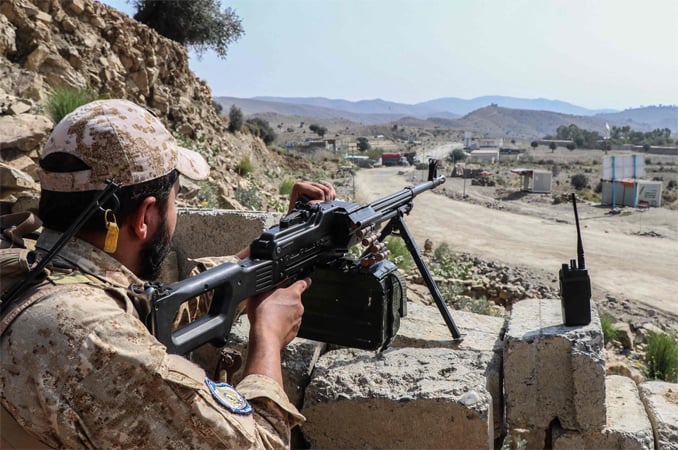Copyright mehrnews

The Naval Institute confirmed an F/A-18F Super Hornet fighter jet and an MH-60R Seahawk helicopter, both assigned to the USS Nimitz aircraft carrier, crashed in separate incidents days after the carrier departed the region following U.S. strikes in Yemen. The Nimitz had entered the South China Sea on October 17. Former President Donald Trump commented on the back-to-back crashes, describing them as "very unusual" and suggesting potential fuel contamination as a possible cause. "It's very uncommon for this to happen," Trump stated, highlighting concerns about operational readiness. These latest incidents continue a troubling pattern for the Navy, which has lost five F/A-18 aircraft in less than a year. In August, a similar aircraft crashed off the coast of Virginia, while the Navy lost two more of the same model in April and May during operations from the USS Truman against Yemen. These operations involved intense naval engagements between Yemeni forces and the US Navy in the Red Sea. In December, another F/A-18 operating from the Truman was accidentally shot down by a missile launched from the USS Gettysburg cruiser, according to US officials. The Wall Street Journal recently reported growing concerns in Washington about declining US naval influence, noting that Trump is personally overseeing a new military project called the "Golden Fleet" aimed at modernizing naval forces to become more agile and capable of confronting modern threats. The project emerges following internal assessments revealing the current fleet's inability to counter evolving threats, particularly Yemeni attacks in the Red Sea that have exposed vulnerabilities in American naval defenses. While some observers see the initiative as an attempt to restore naval prestige lost through a series of operational failures in the Red Sea, other experts question its feasibility, noting the project would require many years to implement – potentially outlasting Trump's current political timeline. The accumulating operational challenges come as US naval forces face increasing demands across multiple theaters, from the South China Sea to the Red Sea, testing the sustainability of current deployment patterns and maintenance cycles. Military analysts suggest these incidents may indicate broader strain on naval resources as the US maintains simultaneous commitments in conflict zones worldwide. During May and June, Yemeni forces executed three successful operations that compelled the US Navy to reposition its fleet. The US aircraft carrier USS Abraham Lincoln attempted to maneuver from a distance it presumed safe but was later forced to withdraw on November 12, 2024, taking a longer route to avoid Yemeni targeting. Subsequently, the carrier USS Roosevelt was present as an observer without engaging in clashes, while the USS Harry S. Truman became the focal point of operations, facing over 22 declared targeting incidents in less than six months. When the USS Carl Vinson intervened to relieve pressure on the Truman, the Yemenis registered one of the most critical operations that shook the Pentagon and raised concerns in Western military circles. These operations demonstrate a notable evolution in Yemeni missile capabilities, which have become able to challenge what was once considered US naval supremacy, turning the Red Sea into a testing ground for Western military technologies.



